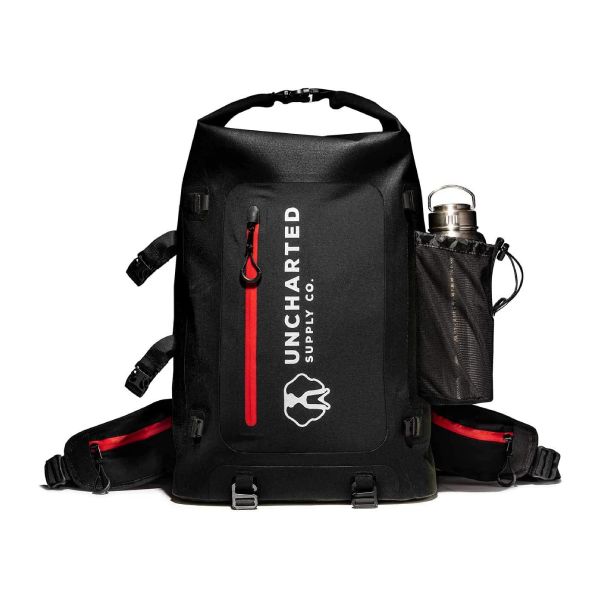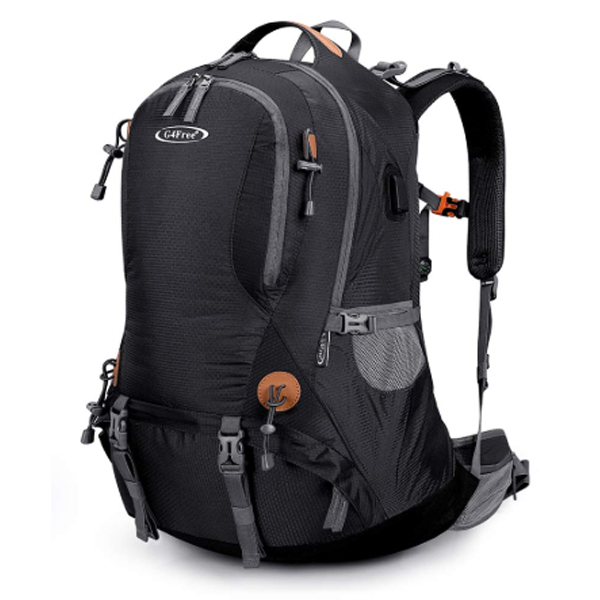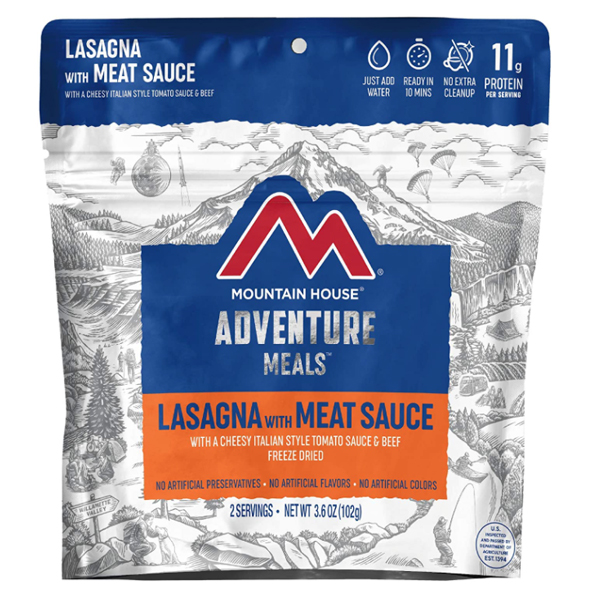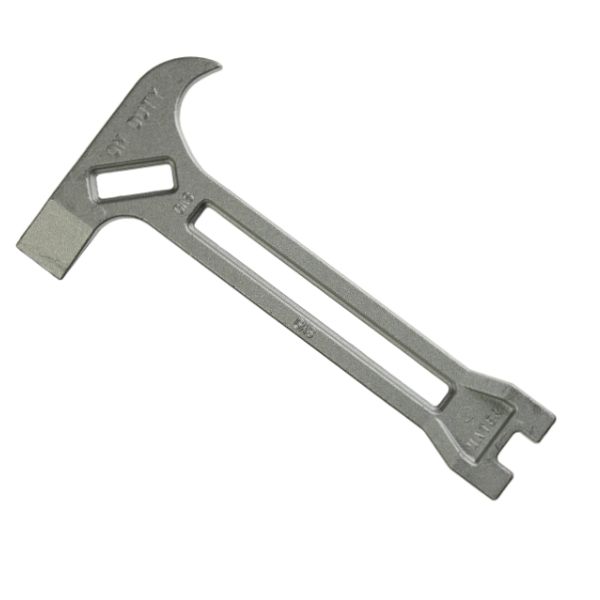Prepare for a Flood
Floods come in a few varying degrees of danger -- and can displace families and their loved ones, washing away homes and familiar places in the process.
Floods are the most common naturally occurring disaster in the United States, killing more than 100 people per year. One of the deadliest natural disasters in U.S history was a flood caused by the Galveston Hurricane of 1900, which killed at least 8,000 people
A family in the deep south survived a flood that occured after nearly two weeks of heavy, continuous rain by thinking fast, and using what they could in their hurricane emergency kit to hold out while they were trapped. The water came up to their waists, and the water remained for quite some time after the rains stopped.
Experience: Driving Through Rushing Water
On a trip to Tucson Arizona from Las Vegas a few years back we watched a huge rain storm come in. It eventually caught us and water started pooling and then it started running. Many of the dips in the road were drainage lines. In the beginning we'd plow through the moving water because it didn't seem deep enough to worry about. But then we drove up on a flowing river across the road...
We looked down stream and there was a truck swept into a large bush. We stopped immediately to wait. A line of cars built up behind us.
Eventually the rain stopped and the flow began to slow down. We were kind of chicken so we waited quite a while. A pickup truck decided to pass us and started to move through the water. While it was lower than the chasis, the back end started to slide a bit but they made it through. I was surprised how little water it took to affect his driving.
Eventually we gained confidence and the column of cars made it through.
Military Wool Blanket - L
L, 66 x 90 in
Full, 1-person
Generic military wool blanket for emergencies and the outdoors
Buy on AmazonPreparing for a Flood
The best way to prepare yourself for a flood is to have a plan on what to do beforehand. Staying informed and up-to-date is the best way to stay safe.
Have a discussion with your family about where to go when a flood warning is issued. Never stay put when given an evacuation order -- leave the area and get to high ground as soon as possible.
While making your evacuation plan, remember to avoid walking, swimming, or driving through any flood waters you may encounter. Turn around and find another route instead of risking drowning.
Ready.gov recommends signing up for your area’s flood warning system, putting together and keeping an emergency kit, and learning evacuation routes, flash flood response, and shelter plans ahead of time. It might also come in handy to learn CPR.
And remember: while your family’s and your pets’ lives are more important than your possessions, it’s still a good idea to invest in a flood insurance policy, just in case. You should also keep important documents, such as birth certificates, passports, degrees and diplomas, and deeds in waterproof containers.
Flood Preparedness Plan
The first step to creating a preparedness plan is putting together something that works for you and your family specifically.
Begin by having a physical copy of a map (in a waterproof container) and a compass on you just in case phones and your GPS are rendered useless by the flood waters. Learn your area’s evacuation routes and never drive over bridges over fast-moving water. During a flood, the waters can wash bridges away in the blink of an eye with no warnings beforehand.
A good few things to add to your emergency evacuation plan include the following -- have a talk with your family so everyone knows what to do before an emergency hits. And remember to stay at your emergency shelter until it is deemed safe by officials to return to your home.
- Evacuate as soon as you receive an order to -- staying will potentially seal your doom
- Have a safe space on high ground identified before a flood hits
- Never swim, walk, or drive through flood waters if you don’t have to
- If indoors, get to the highest level you can aside from attics -- getting to the roof should be your priority, as it’s the best place to signal for help
- Listen to an emergency alert system, such as the NOAA Weather Radio, for updates
- Try to stay calm and keep a level head
- Be comforting to small children or individuals who may be frightened or crying during the emergency
- Prioritize your life and the lives of others over material things
- Take a course and get a certification in, or simply learn, CPR in case you encounter someone who has drowned
Boats for emergencies
One thing you will hear from anyone who has survived a disaster is that you should always have another way out of wherever you are -- you should never back yourself into a corner. That’s why it’s important to have a secondary emergency plan, just in case.
If the floodwaters become too high and your secondary location is compromised, you may need a boat or kayak for getting to safety.
We do not recommend kayaking or boating through floodwaters, as it is extremely dangerous. Only use this method if you are completely out of options.
The best way to kayak or boat safely is to pick something sturdy that isn’t likely to sink, have a path in mind, and wear a helmet and life jacket.
A good rule to remember is that if you wouldn’t swim in the flood waters, you shouldn’t boat in them either. However, if you have no choice, remember to:
- Never boat or kayak alone
- Wear a helmet and life jacket
- Have a set path in mind when you set off
- Bring your supplies along with you -- enough to make the trip
- Never place small children in a kayak, raft, or boat to go off on their own
- Stay put on high ground and never boat or kayak unless absolutely necessary
Emergency Preparedness Resources

Popular Emergency Checklists
All | Bug Out Bag | 72-Hour Kit |
Evacuation | First Aid
Scouting - Wilderness First Aid
Emergency Plan (ready.gov)
Emergency Contact Info (ready.gov)
Emergency Plan for Schools (ready.gov)
Emergency Gear to Prepare for a Flood
Before a flood hits, you should prepare your family by briefing them with a plan, and making sure everyone has the supplies they may need.
- 72-hour kit or go Bag - your individual kit should have clothing, gear and supplies for 3-10 days minium
- Food Storage - Take a long food from your long term food storage
You can also store supplies in your emergency location on higher ground -- including larger floatation devices, such as life preservers, for emergencies.
Just like supplies for any other emergency, keep your go-bags in a dry, easy to reach space where they can be retrieved at a moment’s notice. It might be a good idea to store your hurricane supplies and your flood supplies in the same place.
Try to keep your supplies dry on the go, too, by packing things away in waterproof or water resistant bags if possible.
- A change of clothes
- Heavy-duty waterproof boots
- Non-perishable food items
- A can opener
- Enough water for everyone in your household -- including pets
- Phone chargers
- Fully charged power banks
- A battery-powered radio
- Flashlights
- Extra batteries
- Any medications you or your family members may take
- Pet supplies
- Infant care supplies
- Pads or tampons
- Waterproof matches
- Inflatable water wings for small children
- Flares
- Maps
- A compass
- A whistle
- A first-aid kit
- Cash
- Extra blankets
Recommended Products
Military Wool Blanket - L
L, 66 x 90 in
Full, 1-person
Generic military wool blanket for emergencies and the outdoors
Buy on AmazonRechargeable LED Headlamp 450 Lumens
Durable, rechargeable 450 lumen LED head lamp for hands free survival
Buy on Amazon1This post may contain affiliate links. If you make a purchase, I may earn a small commission at no additional cost to you.
2 As an Amazon Associate we earn from qualifying purchases.
3 Most reviews are based on personal experience from one of our content editors. Some are based on research and the opinions of other reviewers.





























